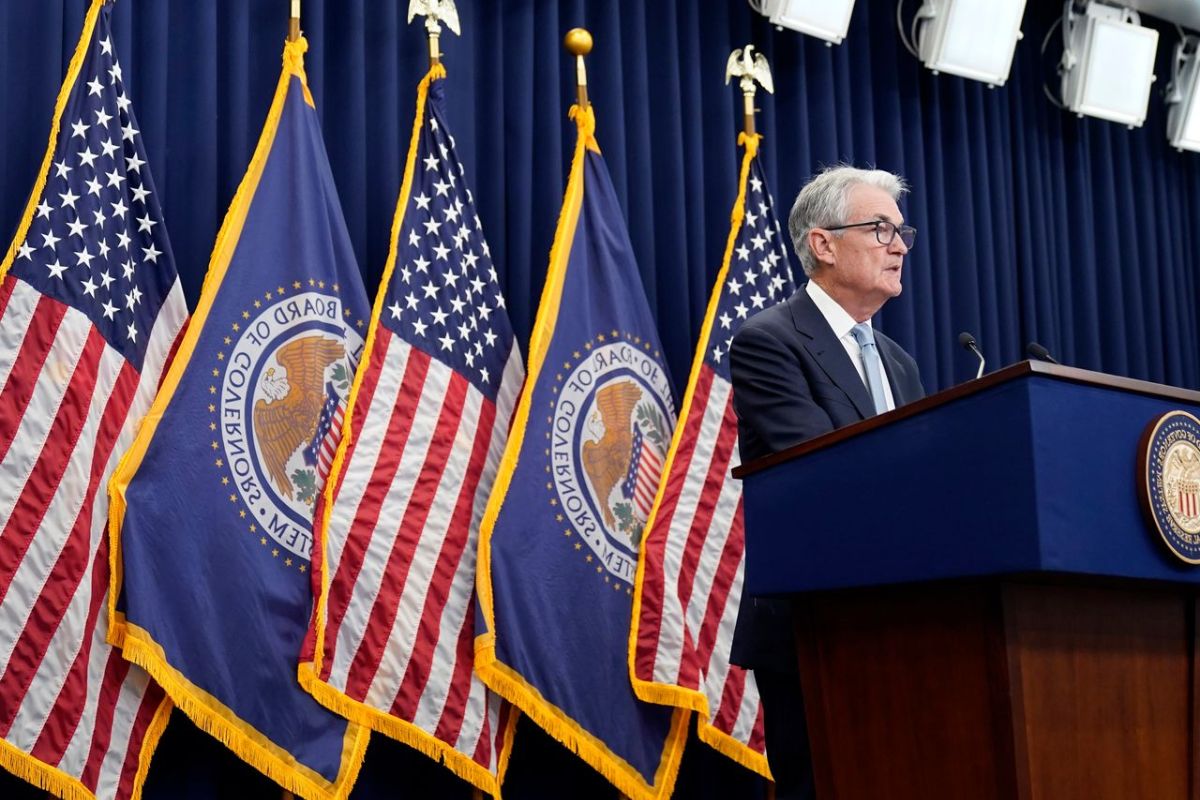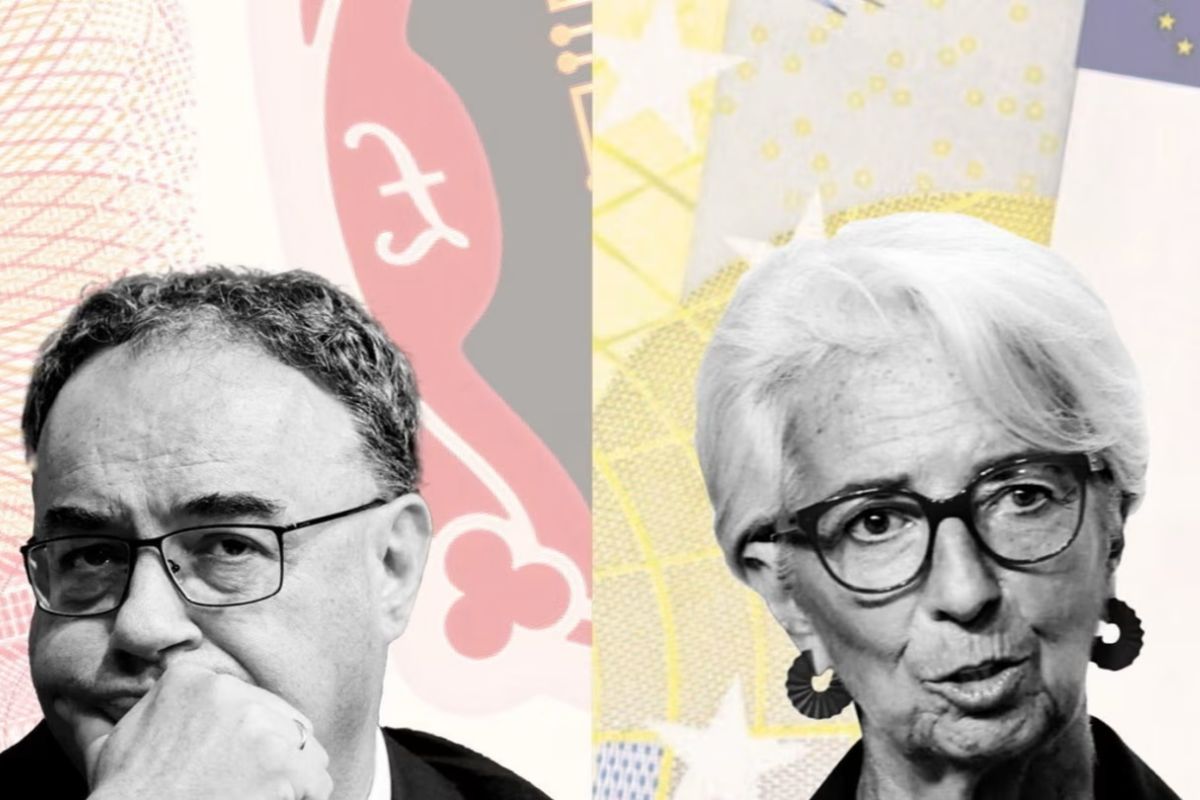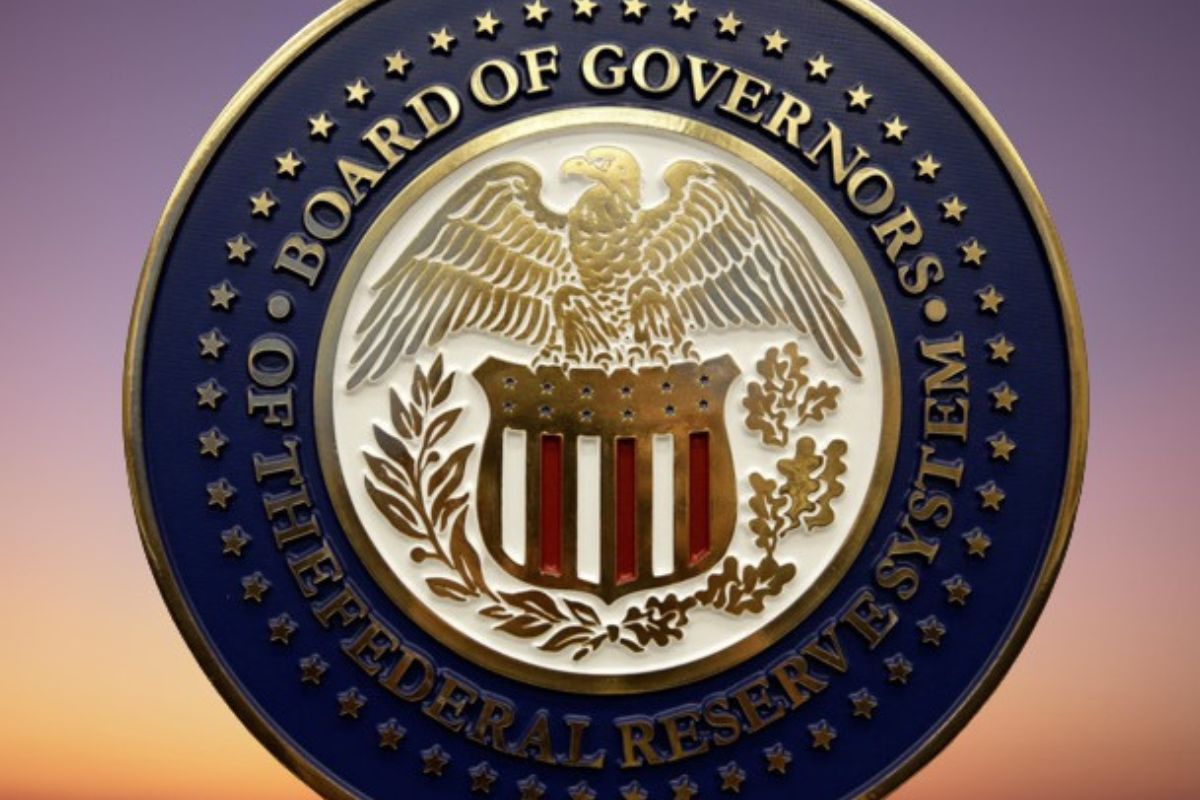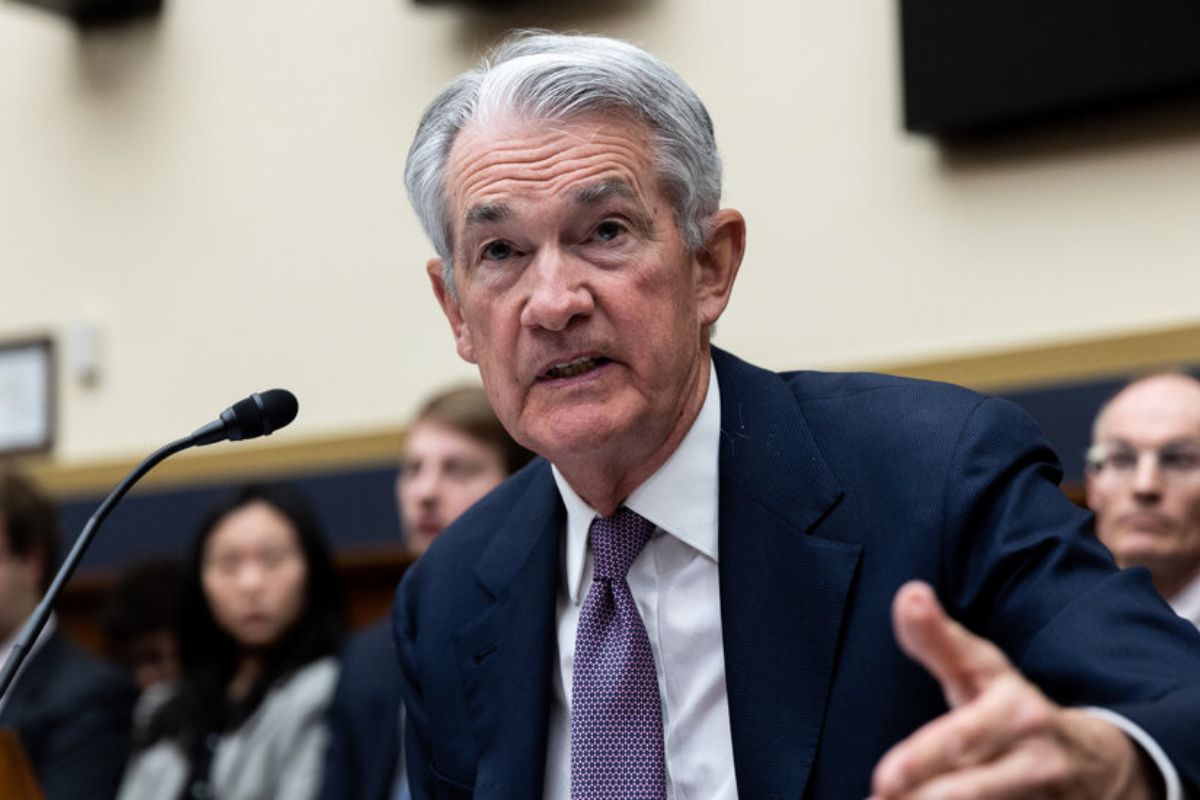Fed’s Strategic Shift Unveiled: As anticipation builds around the Federal Reserve’s upcoming rate cut decision, early signals from policymakers have provided intriguing insights into their strategic shift. Amidst a shifting perspective, cautionary notes on inflation control, and even unexpected support for rate cuts from previously hawkish members, the Fed’s approach seems to be a delicate balancing act.
With a holistic approach to policy calibration and potential rate cuts on the horizon, the central bank is treading carefully towards an uncertain future. But what exactly are these early signals and what do they mean for the broader economic landscape?
Let’s explore the intricacies of the Fed’s strategic shift and the factors contributing to their decision-making process.
Key Takeaways
- The Fed is demonstrating a departure from previous beliefs and a willingness to explore alternative approaches in inflation-fighting measures.
- There is a recognition of the potential benefits of earlier rate cuts, symbolizing a more nuanced and flexible stance towards rate cuts.
- Even previously hawkish policymakers are considering the potential necessity of rate cuts, reflecting a pragmatic approach to maintaining stable economic conditions.
- The Fed is shifting from solely achieving price stability to considering balanced risks and adopting a holistic approach to policy calibration, considering various economic factors.
Fed’s Shifting Perspective: From ‘Pain’ to a ‘Golden Path’
The Federal Reserve‘s perspective on inflation-fighting measures has undergone a significant shift, moving away from the expectation of economic pain and towards embracing a strategic path towards stability and growth. This change in outlook signifies a departure from previous beliefs and a willingness to explore alternative approaches.
Also Read: Federal Reserve Hopes and AI Excitement Define S&P 500’s Bull Market
Atlanta Fed President Raphael Bostic introduced the metaphor of a ‘golden path’, which symbolizes a more nuanced and flexible stance towards rate cuts. This newfound perspective suggests a recognition of the potential benefits of earlier rate cuts in stimulating economic growth.
Avoiding Mistakes: Powell’s Cautionary Note on Inflation Control
Having acknowledged the potential benefits of earlier rate cuts, the Federal Reserve now turns its attention to the importance of avoiding mistakes in inflation control, as highlighted by Fed Chair Jerome Powell. With inflation decreasing faster than anticipated, the Fed is cautious about hanging on too long, recognizing the risk of failing to control inflation as the biggest mistake. Powell’s cautionary note on inflation control emphasizes the need for the Fed to maintain flexibility in its approach.
In order to evoke emotion in the audience, here are three key reasons why avoiding mistakes in inflation control is crucial:
- Preserving the purchasing power of the currency and ensuring price stability.
- Minimizing the negative impact on economic growth and employment.
- Maintaining public trust and confidence in the central bank’s ability to manage the economy effectively.
Even Hawks Consider Rate Cuts: Broadening Acceptance for Easing
Previously hawkish policymakers within the Federal Reserve, such as Fed Governor Michelle Bowman, are now reassessing their stance and considering the potential necessity of rate cuts in light of the ongoing decrease in inflation. This shift in stance indicates a broader acceptance within the Fed for the potential need for easing measures.
The fact that even traditionally more cautious policymakers are open to rate cuts demonstrates the growing concerns over the state of the economy. The decrease in inflation has raised worries that the current monetary policy may not be sufficient to stimulate economic growth.
As the Fed’s strategic shift becomes clearer, it is evident that policymakers are willing to consider a range of options, including rate cuts, to address the underlying challenges facing the economy. This broadening acceptance for easing measures reflects a pragmatic approach to monetary policy, aimed at maintaining stable economic conditions.
Balanced Risks and Policy Calibration: A Holistic Approach
In light of the evolving stance within the Federal Reserve regarding the potential necessity of rate cuts, a more holistic approach towards balanced risks and policy calibration has emerged.
The central bank has shifted its focus from solely achieving price stability to considering the risks associated with both overdoing and underdoing policy. This new approach aims to strike a balance between the objectives of price stability and maximum employment.
To evoke emotion in the audience, here are three key points to consider:
- Improved risk management: The Fed’s holistic approach allows for a more comprehensive assessment of the potential risks associated with monetary policy decisions, ensuring a more measured response to changing economic conditions.
- Enhanced policy effectiveness: By considering the interplay between various economic factors, the Fed can better calibrate its policies to achieve optimal outcomes, maximizing the impact of its actions on both inflation and employment.
- Greater transparency and communication: This holistic approach fosters clearer communication from the central bank, providing market participants and the public with a better understanding of the factors driving policy decisions, increasing confidence and reducing uncertainty.
Treading Carefully: Fed’s Approach to Potential 2024 Rate Cuts
The Federal Reserve is adopting a cautious approach as it considers potential rate cuts in 2024, prioritizing careful calibration and a measured response to maintain stability amid concerns of disinflation. This shift in strategy reflects the Fed’s commitment to avoiding the previous aggressive front-loading of rate hikes and instead focusing on a more balanced and gradual approach.
By treading carefully, the central bank aims to carefully assess the economic conditions and data to ensure a well-informed decision-making process. This cautious stance is in line with the Fed’s objective of achieving maximum employment and price stability. The table below provides a visual representation of the Fed’s approach to potential rate cuts in 2024:
| Fed’s Approach to Potential 2024 Rate Cuts |
|---|
| Cautious calibration |
| Measured response |
| Maintaining stability |
| Avoiding disinflation concerns |
| Gradual decision-making process |
Conclusion Of Fed’s Strategic Shift Unveiled
The Federal Reserve has unveiled a strategic shift in their perspective, moving away from ‘pain’ and towards a ‘golden path’.
This shift includes a cautious approach to inflation control and a broadening acceptance for rate cuts, even among hawks.
The Fed is taking a holistic approach to balancing risks and policy calibration, and treading carefully when considering potential rate cuts in 2024.
Our Reader’s Queries
Q1 What happens when Feds cut rates?
A Reduced interest rates may lead to more affordable borrowing. Mortgage rates, currently at a nearly two-decade high of approximately 8%, might see a welcome decrease. This could result in more cost-effective business lending, ultimately releasing corporate profits that enhance the appeal of stocks.
Q2 Did the Fed leave rates unchanged and signals three cuts next year?
A Federal Reserve policymakers opted to keep rates steady and forecasted three quarter-point rate reductions in 2024, citing an improved outlook on inflation. It’s noteworthy that the rate, in effect since December 2008, represents the upper limit of the federal funds target range.
Q3 What are the effects of rate cuts?
A A reduction in interest rates would alleviate the financial strain on borrowers across various sectors, from home mortgages and credit cards to car loans, making loans and refinancing more affordable. Additionally, these rate cuts could enhance company valuations, potentially contributing to increased returns for stockholders.




